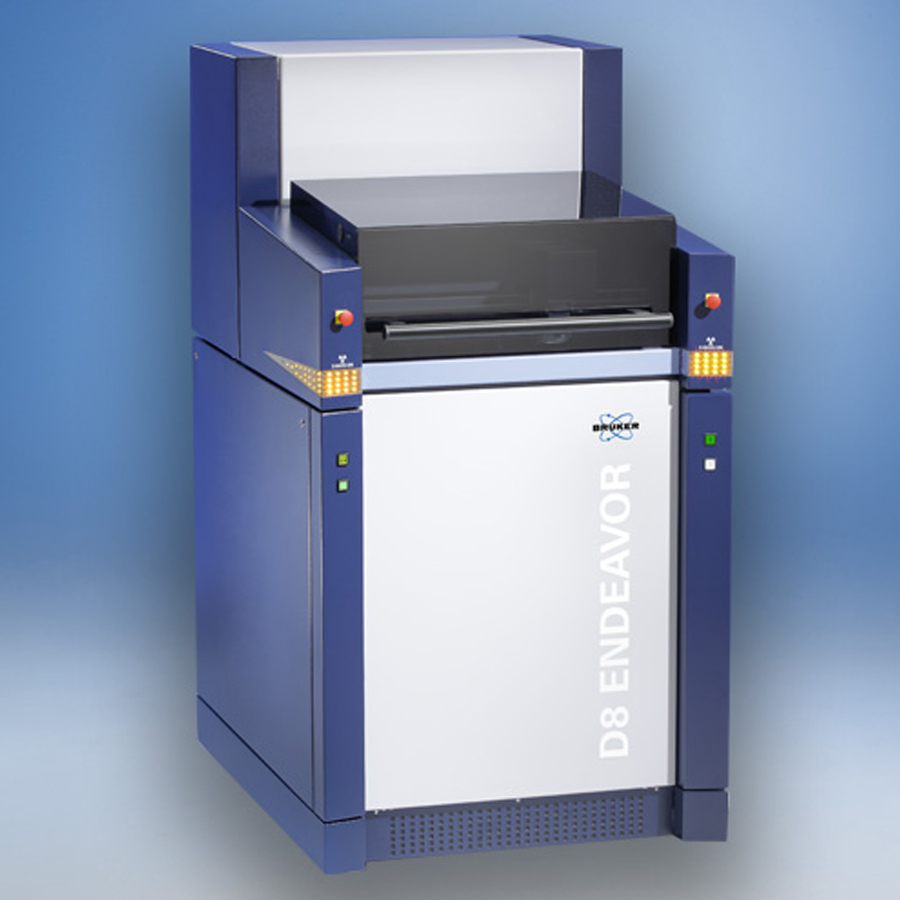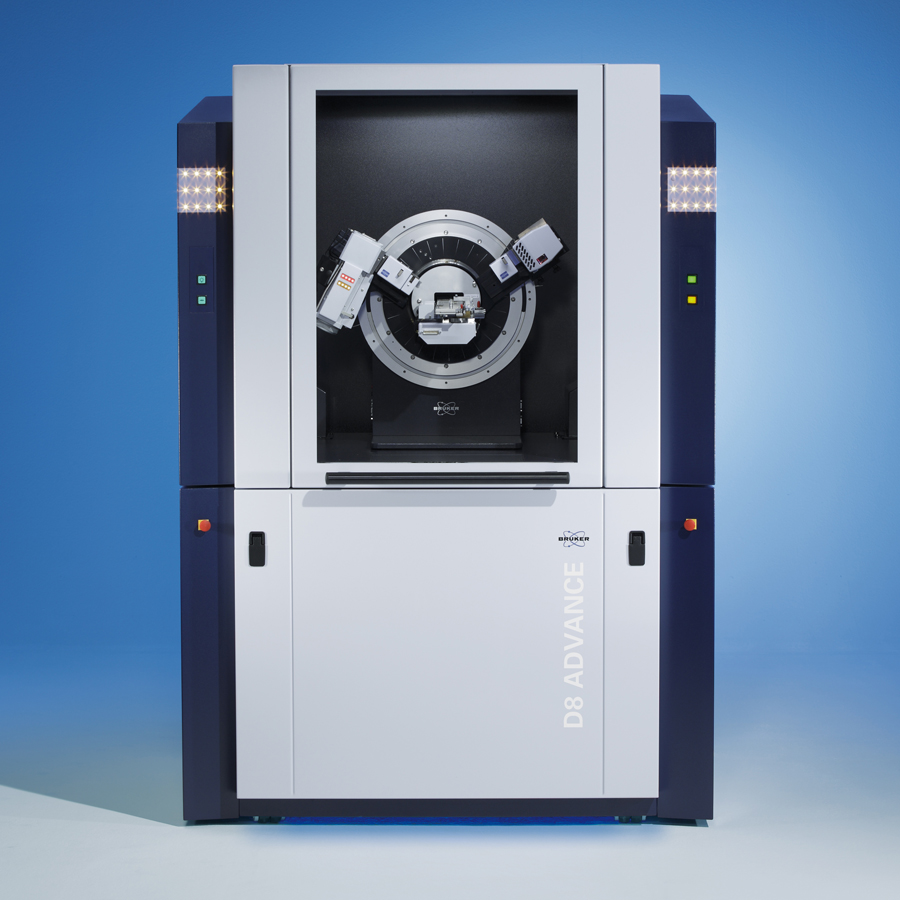Iron Ore Mineralogy
XRD identifies the amount and type of the commercially valuable iron species in the ore. Hematite, magnetite, goethite, and others are measured for general quality and grade control of run-off mine material. Mining the high-grade ore reduces the amount of waste rock, saves energy and fuel.
Waste Versus Value
XRD measures a broad variety of materials in iron production. The gangue – ore components of no commercial value – must be removed before processing. XRD finds typical gangue species, silica and alumina that originate from quartz, clay, mica, feldspar, or carbonates. They may be removed in the beneficiation plant by washing, magnetic or gravity separation, before further processing of the ore. The most profitable, selective mining becomes possible by identifying regions of low- or high-grade ore in the mine.
XRD is also used to detect iron-bearing mineral impurities that are difficult to process. Wuestite (FeO), for example, is commonly found in technical products such as mill scales. Although having the highest Fe content of all iron minerals, it is not wanted in raw iron production due to technological reasons. Other technical products of interest are directly reduced and hot briquetted iron (DRI and HBI), additives, slag and refractories.
More Than Just the Type of Ore
XRD can be used to discover severe recovery losses. Yield estimates are typically based on chemical analysis. However, iron may be locked in minerals that are removed during the beneficiation of the ore, or which are inaccessible to the extraction process. Such carrier minerals could be gibbsite or ferrous dolomite (ankerite). Chemical analysis does not know about element speciation, whereas a simple peak position analysis of the XRD data tells the amount of non-extractable iron.
Reducing the Ecologic Footprint
Raw iron producers are major greenhouse-gas pollutants. The CO2 footprint of a pig-iron plant is mainly governed by the overall oxidation state (Fe2+/Fe3+) of iron in the ore. The oxidation state determines the amount of reducing agent (coal) in raw iron production and is obtained from the mineralogy of the ore. XRD is not only fast but virtually operator independent, especially when compared to wet chemical methods such as titration.
TOPAS Rietveld Analysis of Iron Ore – How it Works?
Rietveld quantitative phase analysis (QPA) using DIFFRAC.TOPAS is based on the calculation of the full powder pattern from crystal structure information. Therefore, this method does not need calibration curves and no tube ageing needs consideration.
Resources
- Lab Report XRD 88 - Characterization and Quantification of Australian Iron Ore and Gangue Minerals
- Lab Report XRD 80 - Accuracy in quantitative X-ray mineralogy - Part 2: Aluminous goethite mixed-crystal in bauxite and iron ore
- Lab Report XRD 79 - Accuracy in quantitative X-ray mineralogy - Part 1: Fe-ore certified reference materials

